Sharing your content wider – how do you get eyes on your blog?
At its most simple, blogging is creating content with which an audience can engage. If you think of it that way, it’s no different to a news site, a Youtube channel or even a Twitter post. Each of them is simply a platform for your content. The difficulty with sharing a blog, rather than a tweet, or a Youtube video, is that blogs tend to be made up of long form articles, which do less well on social media.
When was the last time you read a 500 word Facebook status? Exactly. Social media naturally lends itself to short, sharp ideas so a lengthy essay will get skimmed over.
Developing content you can use again and again
The solution is to create blogs made up of a number of different, smaller ideas, which can then be re-purposed for sharing on social media. The aim here is to take something from the article which is eye-catching and snappy, to immediately draw readers in.
So construct your blog post out of 5 or 6 key concepts which you can use for a variety of different social media posts. That way you can share the same article multiple times, with each post distinct and attracting different people, all interested in different aspects of the same theme.
Eye-catching headlines
The headline is the obvious first thing that the user will see. It needs to be something which speaks directly to the audience in order to immediately grab their attention. It should be descriptive and clear so the audience knows what they’re reading, but also short and attractive enough that people are encouraged to click on it in social media. On average five times as many people will read the headline of an article, than the body of text.
If you don’t have an attractive headline, there’s a strong chance that nobody will be interested in reading the rest of the article. Use emotive language to describe the reasons a potential reader should come to you. Promises are also effective. There’s a reason clickbait articles frequently make audacious claims such as ‘this product will change your life!’. Of course it’s an exaggeration, and the audience knows that, but it gets their attention.
Meta descriptions
The opening paragraph is the one which is going to end up showing up on social media and it’s vital that it conveys the right message. But there is a cheat here – called the Meta description. If you define this, that is what Facebook and other social media will show.
If you are using a WordPress blog, there is a plug-in which makes this really easy – called Yoast. I use it and it gives me lots of handy hints ant tips to improve the visibility of my posts. Plus it lets me set the Meta description. Handy stuff.
Make sure your meta description summaries the most attractive aspects of your article (spend time on this – otherwise you might as well just leave the opening paragraph to do the work). Think about your audience, what they are most interested in and what will get them to read on.
The hooks for future sharing
Your article’s key lines (described in the previous article) should give you the hooks for social media. Is it possible for you to turn each point into an intriguing rhetorical question for Facebook or Twitter for example? Questions are a good method for attracting clicks and encouraging your audience to engage.
And don’t forget, keep your social media posts short and to the point. Give your blog the best chance of being shared as far as possible.
Happy retweeting!


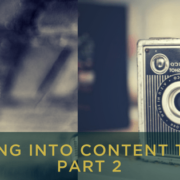
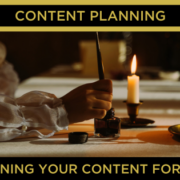

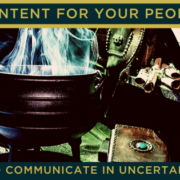
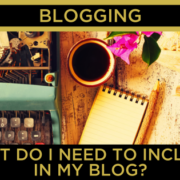

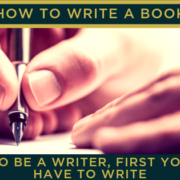


Leave a Reply
Want to join the discussion?Feel free to contribute!